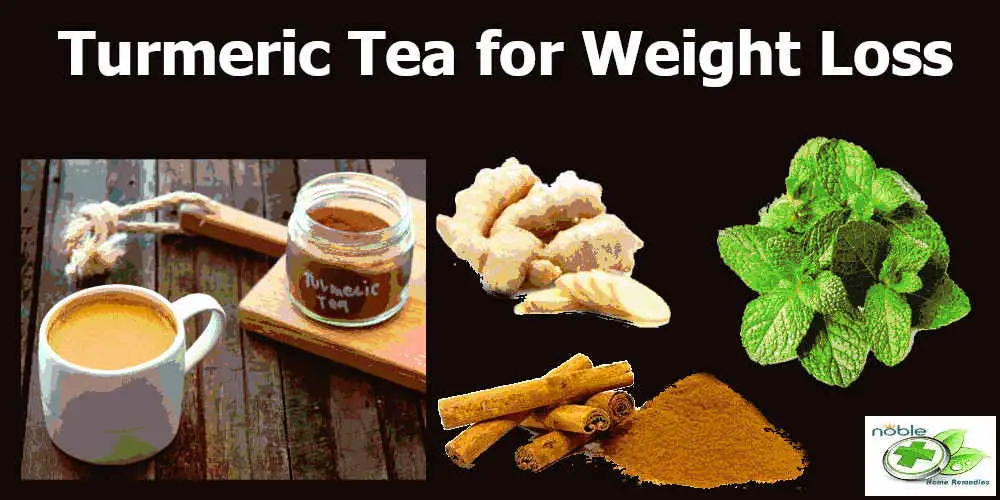How Many Carbs a Day to Lose Weight?: Beware of Right way
Depending on your lifestyle, you may eat too few or too many carbs a day. We discuss how much carbohydrates you should consume when it comes to losing weight. Research supports low-carbohydrate diets for weight loss. Learn how many carbs a day to lose weight. We also provide a brief overview of carbs.
When talking about dietary it is always good to base on the official Dietary Guidelines for Americans. These guidelines are not only for Americans but also useful for the entire world. Using the guidelines to gain from the carbohydrates. We have touched base on the dietary guidelines to help increase the number of carbs for you.
Understanding Carbohydrates
- We get our energy from three types of food intake: carbohydrates, proteins, and fat.
- Carbs are merely an abbreviation for carbohydrates. Carbohydrates include fiber, starch, and sugar.
- Fibers, also known as dietary fibers, are derived from grains, cereals, vegetables, legumes, fruits, nuts, and seeds.
- Starches are found in vegetables, grains, and legumes.
- Sugars (glucose, fructose, and lactose) are naturally found in foods and beverages.
- Carbohydrates are found primarily in plants. These plants have the energy-producing structures required for our bodies. This includes fibers, sugars, and starches.
- Another source of carbohydrates is milk and dairy products, which contain lactose. Dairy products also contain sugar. Fish and meat do not contain carbs.
What is the calorie content of carbohydrates?
U.S. Department of Agriculture (USDA) reports that carbs make up about 50 % of your total daily calorie intake. Now you probably understand why carbs are so important for you.
What’s the ideal carbohydrate intake per day?
Based on your total calorie intake, you must calculate how many grams of carbs you need on a daily basis. As we mentioned, carbs account for 50% of the total calories in your diet.
For example, if your daily calorie intake is 2000, then carbs provide 1000 calories. One calorie contains 4 grams of carbs. So, you have to consume 250 grams of carbs every day.
If you are unsure of the number of calories you should be consuming daily, check out the Basal Metabolic Rate calculator. BMR is calculated using the attributes of age, height, and weight.
How Many Carbs a Day to Lose Weight?
You may think eliminating carbohydrates from your diet would help you lower your calorie intake and reduce your weight. However, carbohydrates are not the only source of energy. You can gain weight by eating other forms of macronutrients such as protein and fat.
Low-carb diets can cause you to feel exhausted with your energy levels, which can impact your fitness and everyday activities. It will also affect the amount of energy required for your body’s normal functions.
Consider the following quantities of carbs a day to lose weight:
Eating 100–150 grams per day
The carb intake here is moderate. It is suitable for active people and people looking to remain healthy and maintain a healthy weight. If you want to lose weight with this amount of carbs, and with any carb intake, you may also need to be aware of portion size and caloric intake.
You can eat the following carbs:
- All vegetables.
- Several pieces of fruit a day
- A moderate amount of starches, like potatoes and sweet potatoes, and higher levels of healthier grains, such as rice and oats.
Eating 50–100 grams per day
If you are sensitive to carbs, this range may help you lose weight while maintaining some carbs in your diet. If you want to lose weight while eating carbs, this range may be beneficial.
You can eat the following carbs:
- Vegetables in abundance
- 2–3 pieces of fruit a day
- Carbs with a small amount of starch
Eating 20–50 grams per day
Those wanting to lose weight quickly, having metabolic problems, obesity, or diabetes may choose to use this range of low-carb diets. It is likely to dampen your appetite when eating less than 50 grams per day, and you will lose weight automatically. Your body will also enter a state of ketosis if you eat less than 50 grams per day.
You can eat the following carbs:
- Vegetables that are low in carbohydrates
- berries, maybe with whipped cream
- Other foods with trace carbs, like avocados nuts, and seeds
You shouldn’t assume a low-carb diet means no carbs. There is plenty of room for low-carb vegetables.
How to calculate your carbohydrate intake per day?
Nutrient database
All types of fresh foods are listed in the USDA National Nutrient Database by carbohydrate content.
Create a list of the types of food you eat. Then use the nutrient database to capture the grams of carbs you consume. The database is large. So, search the food item in the database to find carb levels in grams.
Food Label Reading
Most packaged foods come with labels on them. Take the time to read the carbohydrate amount on the label and multiply it by the number of servings you consume every day.
Keep a food diary
Use an excel spreadsheet to keep track of the carbs you consume each day. Record the grams of carbs you consume against the foods you take in. This will give you a sense of what amount you are eating every day.
What you need to know is how many carbs and calories you should consume daily.
A BMR calculator can help you determine your total calorie intake. Based on these two key pieces of information, you can decide how much carbohydrates you should consume each day.
For those who wish to go even further, you can use the app Cron-O-Meter, which allows you to track food intake, nutrition, health, and fitness data. It is simple to use, and yes, it is free.
What kind of carbs are you eating?
We put together a brief explanation of carb types. What types of carbs should you be eating?
What’s the difference between good and bad carbs?
There are two types of carbohydrates. Complex carbs and simple carbs.
You should always consume complex carbohydrates. Complex carbohydrates are the main source of your body’s energy. It enables you to perform the body’s normal functions and also trains your body in physical activities.
The normal functions that keep us alive include breathing, digestion, and heartbeats.
Physical activities include activities such as walking, exercising, and any other physical activities forced on your body. Complex carbs also have useful vitamins and minerals needed for our body.
For more information about complex carbohydrates, including carbohydrate sources and levels, read the article.
Simple carbs are the carbohydrates glucose, sucrose, fructose, lactose, or maltose. They include white sugar, candy, honey, and soft drinks. They have relatively little nutritional value but tons of calories. Therefore, keep them out of your diet.
Good and bad Carbs Sources
A good carbohydrate diet is good for many reasons. It makes you eat less. It has nutritional value. Good carbs deliver many health benefits. Fiber-rich carbohydrates improve digestive health.
The bad carbs mentioned earlier have no nutritional value. They contain too many calories and can cause weight gain. Not good for your health.
Good carb sources are vegetables, legumes, whole grains, nuts, seeds, and tubers.
A list of bad carbs foods includes sugary drinks, white bread, pastries, fruit juices, ice cream, chocolates and candies, potato chips, and French fries.
Takeaway
Keep in mind that you should always choose complex carbohydrates. Know what good carbs are and ensure that they are part of your daily diet.
The bad carbs are simple carbs. Make a note of are bad carbs above and avoid them.
The natural form of good carbs is healthier than processed food. Refined carbs are bad for your body.
In order to plan your diet, you can use a calorie or carbohydrate counter. People with type 2 diabetes can use these counters to control their blood sugar levels.
Source:
Noble Home Remedies adheres to rigorous sourcing standards, drawing information from peer-reviewed studies, reputable academic research institutions, and esteemed medical journals and associations. We prioritize using high-quality, trustworthy sources to maintain the accuracy and integrity of our content. You can learn more about how we ensure our content is accurate and current by reading our editorial policy.
- 2015-2020 Dietary Guidelines | health.gov – https://health.gov/our-work/food-nutrition/previous-dietary-guidelines/2015
- Food Data Central (usda.gov) – https://fdc.nal.usda.gov/
- Ketosis – Wikipedia – https://en.wikipedia.org/wiki/Ketosis
Trust in your purchase:
Every product featured on our site has been carefully researched and selected based on quality, customer ratings, and positive reviews to ensure you receive excellent value for your money.
Please note:
This post contains affiliate links. If you make a purchase through these links, we may earn a small commission at no additional cost to you. This helps support our site and allows us to continue bringing you valuable content. Thank you!
Thank you for your precious time spent with NobleHomeRemedies.
You may also like:
Weight Loss Drinks
6 Best Weight Loss Drinks – To Kick Start Weight Loss Efforts It’s not just…
Fat Burning Heart Rate Calculator
The Ultimate Fat Burning Heart Rate Calculator | Weight Loss Are you tired of slogging…
Detox Smoothie Recipes for Weight Loss
Best Detox Smoothie Recipes for Weight Loss: 3 Green Juice Recipes Overview Many people, especially…
Are Laxatives for Weight Loss Good or Bad?
Laxatives for Weight Loss: Laxatives Abuse-Natural Laxatives Laxatives refer to substances used or treated to…
Turmeric Tea for Weight Loss
Natural Turmeric Tea for Weight Loss : 3 Powerful Recipes Overview Turmeric tea for weight…
Best Milk for Weight Loss
Best Milk for Weight Loss: Cow’s Milk or Plant Based Milk? You will have to…






